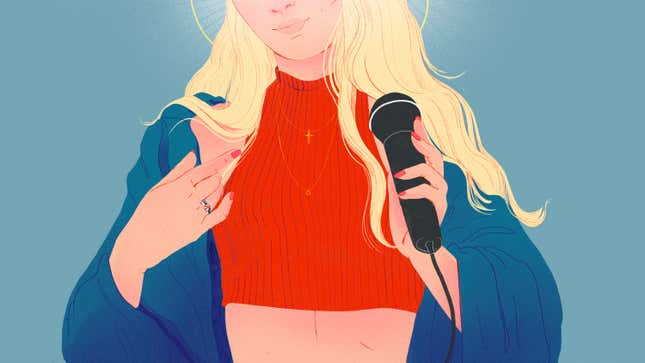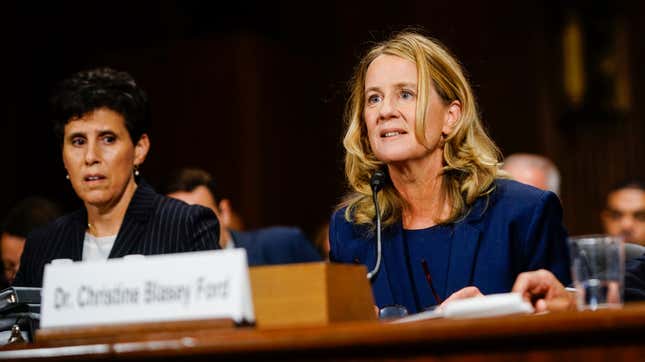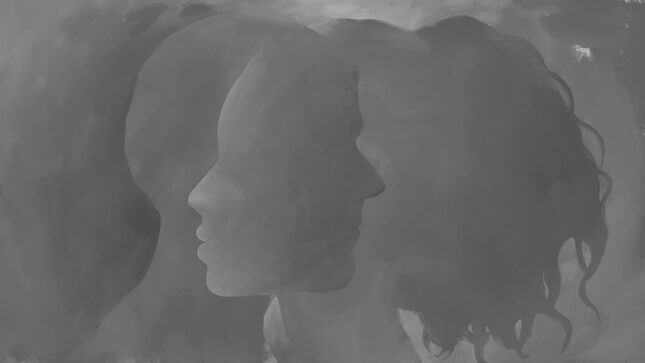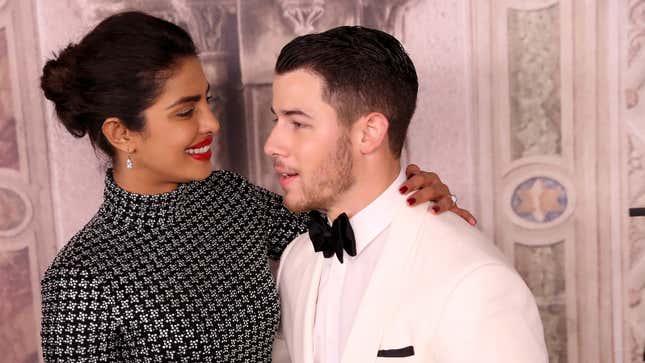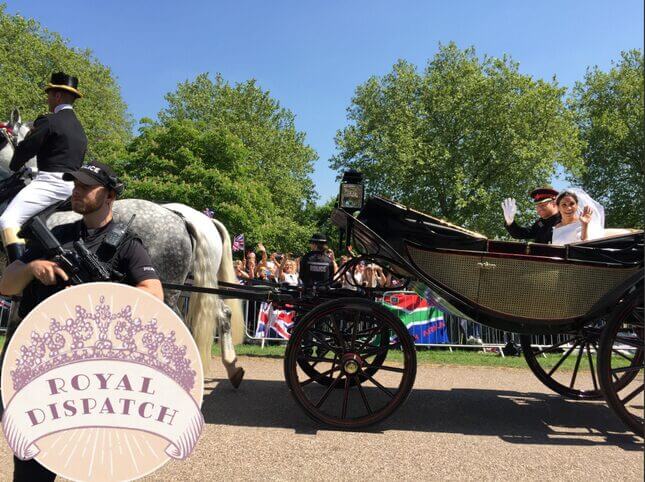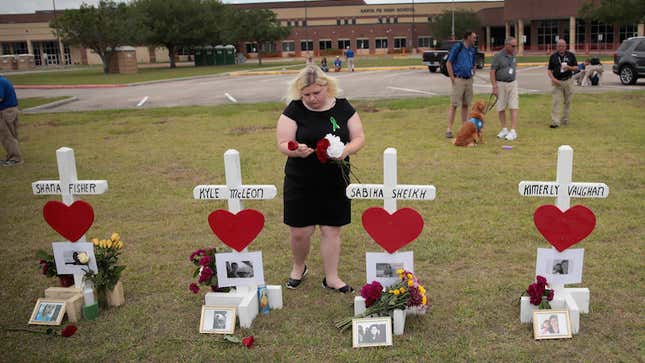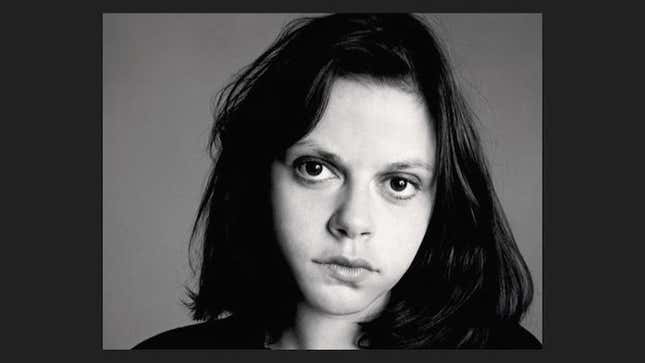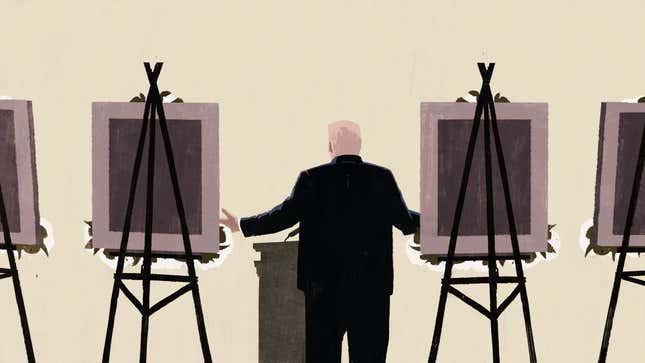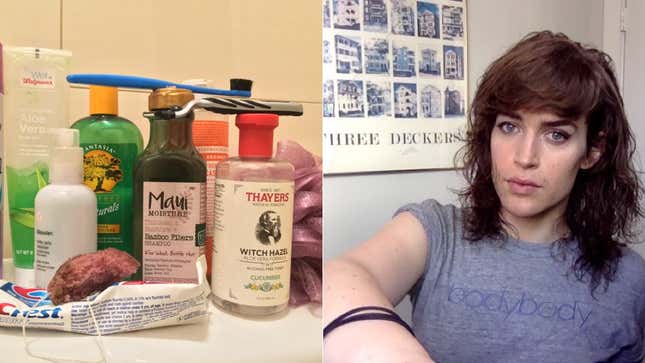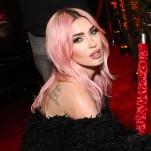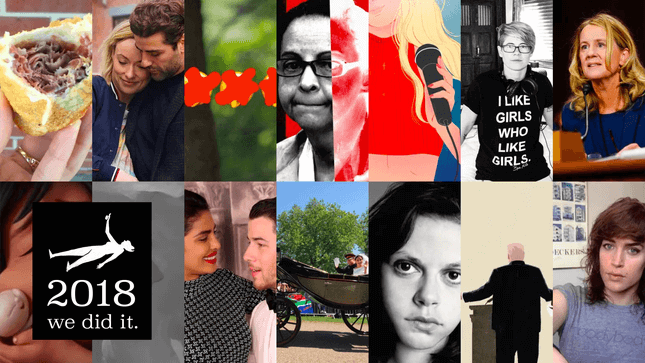

Every year is longer than the one that followed; also, sometimes it is shorter. In 2018, we survived whatever garbage this world threw at us, and like beautiful little raccoons digging through a dumpster, we made the best of it. Here’s what we wrote that we absolutely loved.
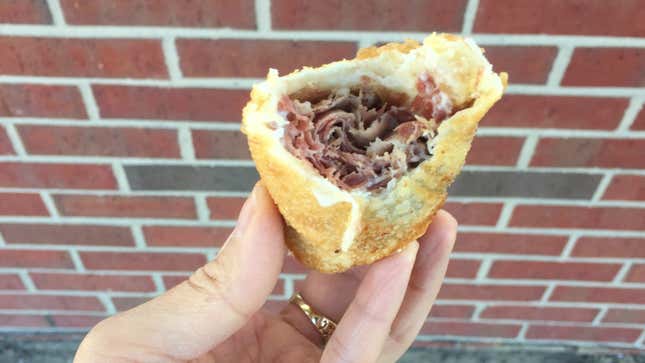
An Ode to the Genius of Immigrant Food
Nothing I wrote this year has brought me as much joy as this ode to a corned beef and cheese egg roll. —Esther Wang

From a Woman: Life Itself Sucks
I don’t have a favorite blog, because I don’t like anything, but I did review a lot of bad movies this year. This was the worst. —Maria Sherman
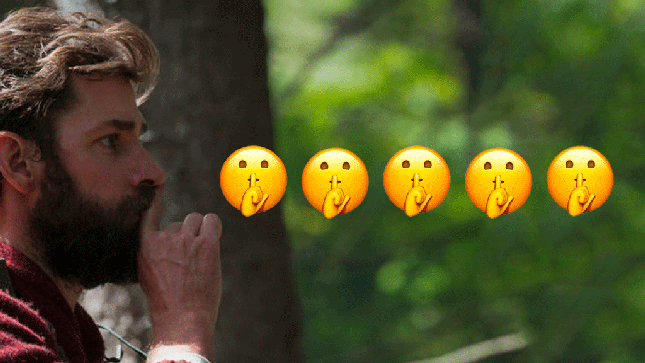
How Long Would the Jezebel Staff last in A Quiet Place?
Is it not clear? The power of choosing people’s fates thrills me. —Clover Hope
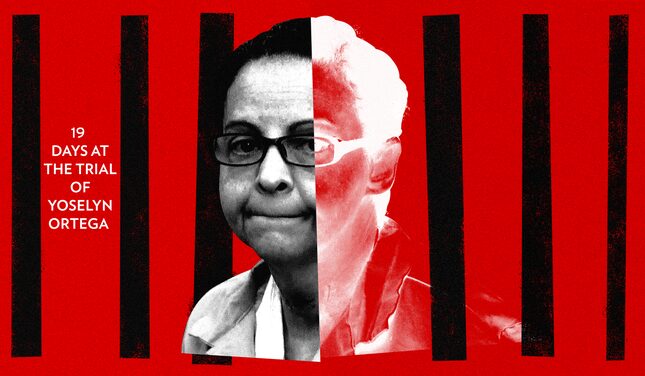
The Mess and the Murders
When people find out I attended the trial of the “killer nanny,” they sometimes express condolences for enduring it. Yes, it was brutal, but my god, was it fascinating. It was a true privilege to get to share what I observed. —Rich Juzwiak
-

-

-

-

-

-

-

-

-

-

-

-

-

-

-

-

-

-

-

-

-

-

-

-

-

-

-

-

-

-

-

-

-

-

-

-

-

-

-

-

